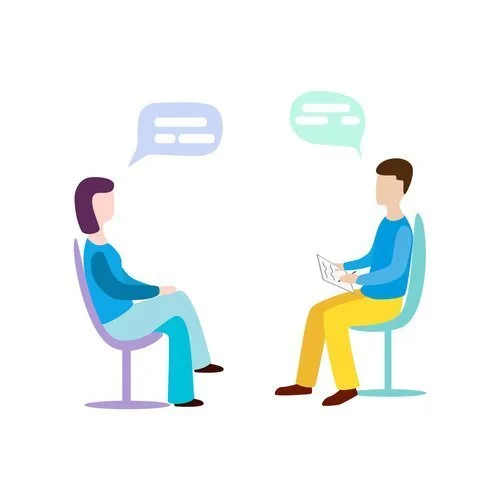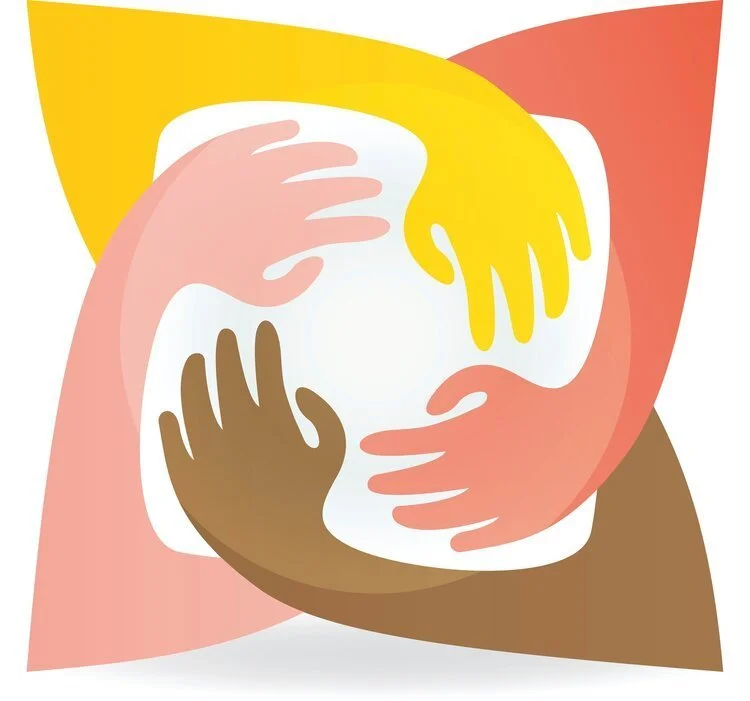Suggested Scripts to ENGAGE
2. Asking about abuse
Screening relies on women feeling attended to, and not judged. Your attitude, presence in the space and non-verbal communication will be the most important tools you have, which will shape women’s responses. It is important to face the woman while you ask these questions, not type/write responses down at the time and give her your whole attention. At the same time, it is useful to think carefully about WHAT you ask. The evidence suggests that direct questions that ask explicitly about abuse are best and women have also told us this. It is also suggested that more than one question be used, rather than a single question such as ‘Do you feel safe at home?’
Over eighteen different tools for asking about domestic violence have been developed and validated against longer more comprehensive surveys such as the Composite Abuse Scale or Conflict Tactics Scale. The idea is to find a short number of questions that can help identify domestic violence, if the woman is ready to disclose.
Some useful tools include:




